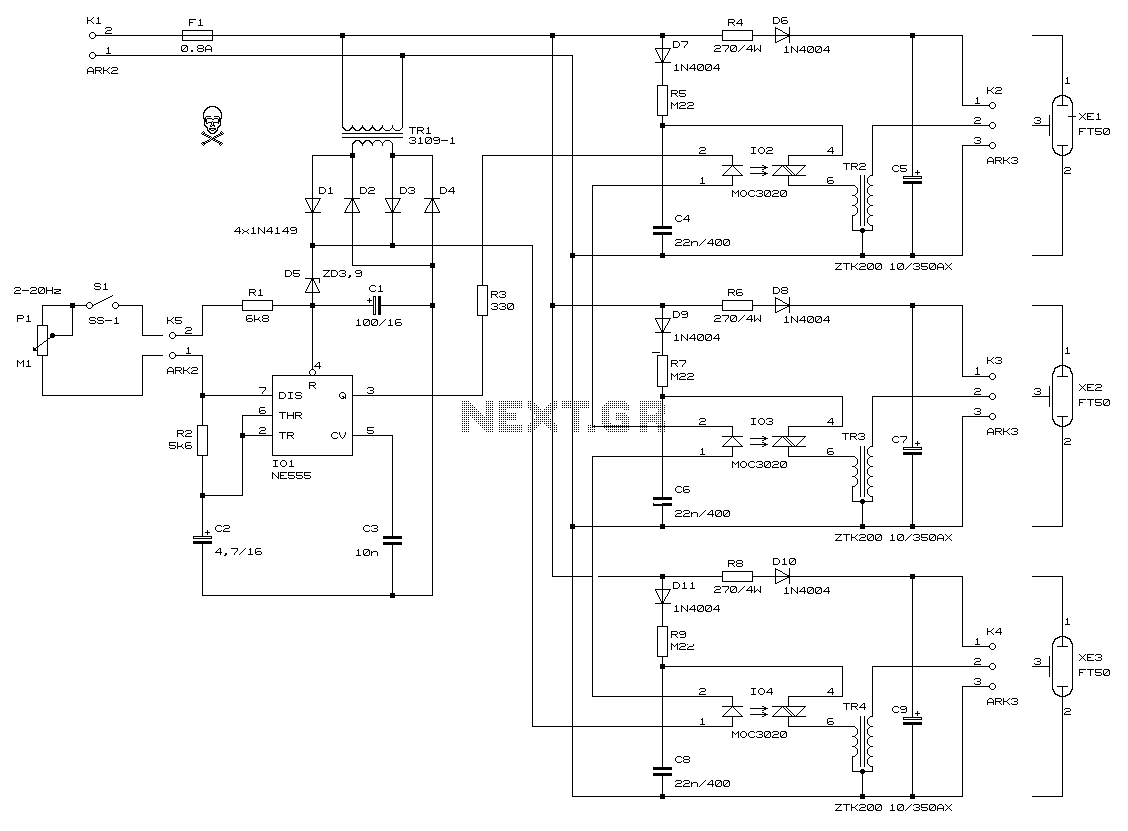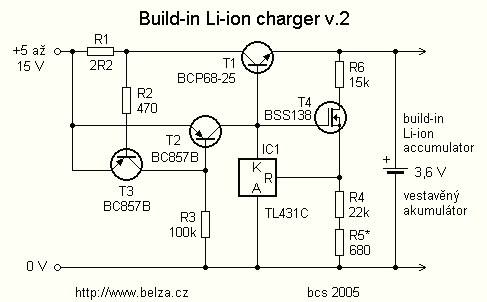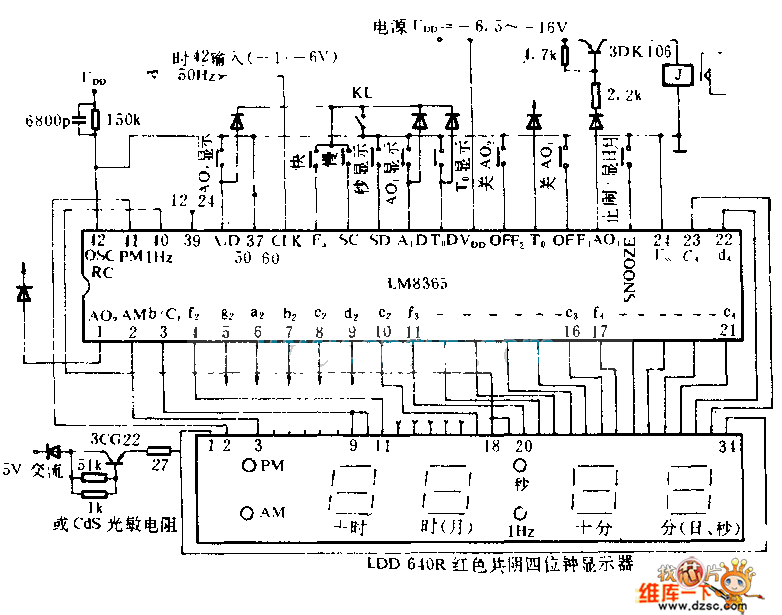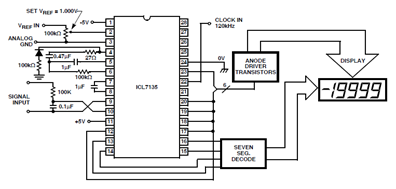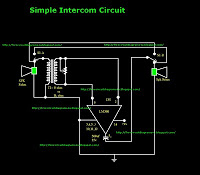
battery saver circuit diagram

This is a small electronic switch that connects a battery to the equipment for a certain amount of time when a push-button is momentarily pressed. The ambient light level has also been considered; when it is dark, the display cannot be read, so it is logical to turn the switch off, even if the time delay has not yet elapsed. The circuit is quite straightforward. For the actual switch, a well-known MOSFET, the BS170, is used.
The described electronic switch utilizes a BS170 MOSFET to control the connection between a battery and a load, which could be any electronic equipment requiring power. The operation of the switch is initiated by a momentary press of a push-button, which triggers the MOSFET to conduct current and power the connected device for a predetermined duration. The circuit is designed to ensure that the device operates only when the ambient light level is sufficient for usability, effectively preventing operation in low-light conditions where the display may be unreadable.
The circuit can be visualized as follows: the push-button is connected to the gate of the BS170 MOSFET, allowing it to turn on when pressed. A resistor may be included in series with the push-button to limit the current and protect the MOSFET from excessive gate voltage. The source of the MOSFET is connected to the ground, while the drain is connected to the load. A timing circuit, which could be implemented using a capacitor and resistor, is also part of the design. This timing circuit determines how long the MOSFET remains in the 'on' state after the push-button is released.
Additionally, a light-dependent resistor (LDR) or a phototransistor can be integrated into the circuit to measure ambient light levels. When the light level falls below a certain threshold, this sensor can trigger the MOSFET to turn off, regardless of the timing circuit's state, thus ensuring that the load is powered only in adequate lighting conditions.
Overall, this electronic switch is a practical solution for applications where power conservation is critical, and user experience is dependent on environmental conditions. The use of the BS170 MOSFET provides a reliable method for switching, while the incorporation of light sensing enhances the functionality of the circuit.This is a small electronic switch that connects a battery to the equipment for a certain amount of time when a push-button is momentarily pressed. And we have also taken the ambient light level into account; when it is dark you won t be able to read the display so it is only logical to turn the switch off, even if the time delay hasn t passed yet.
The circuit is quite straightforward. For the actual switch we re using a well-known MOSFET, the BS170.. 🔗 External reference
The described electronic switch utilizes a BS170 MOSFET to control the connection between a battery and a load, which could be any electronic equipment requiring power. The operation of the switch is initiated by a momentary press of a push-button, which triggers the MOSFET to conduct current and power the connected device for a predetermined duration. The circuit is designed to ensure that the device operates only when the ambient light level is sufficient for usability, effectively preventing operation in low-light conditions where the display may be unreadable.
The circuit can be visualized as follows: the push-button is connected to the gate of the BS170 MOSFET, allowing it to turn on when pressed. A resistor may be included in series with the push-button to limit the current and protect the MOSFET from excessive gate voltage. The source of the MOSFET is connected to the ground, while the drain is connected to the load. A timing circuit, which could be implemented using a capacitor and resistor, is also part of the design. This timing circuit determines how long the MOSFET remains in the 'on' state after the push-button is released.
Additionally, a light-dependent resistor (LDR) or a phototransistor can be integrated into the circuit to measure ambient light levels. When the light level falls below a certain threshold, this sensor can trigger the MOSFET to turn off, regardless of the timing circuit's state, thus ensuring that the load is powered only in adequate lighting conditions.
Overall, this electronic switch is a practical solution for applications where power conservation is critical, and user experience is dependent on environmental conditions. The use of the BS170 MOSFET provides a reliable method for switching, while the incorporation of light sensing enhances the functionality of the circuit.This is a small electronic switch that connects a battery to the equipment for a certain amount of time when a push-button is momentarily pressed. And we have also taken the ambient light level into account; when it is dark you won t be able to read the display so it is only logical to turn the switch off, even if the time delay hasn t passed yet.
The circuit is quite straightforward. For the actual switch we re using a well-known MOSFET, the BS170.. 🔗 External reference
